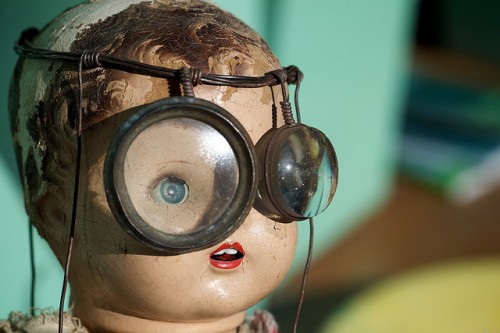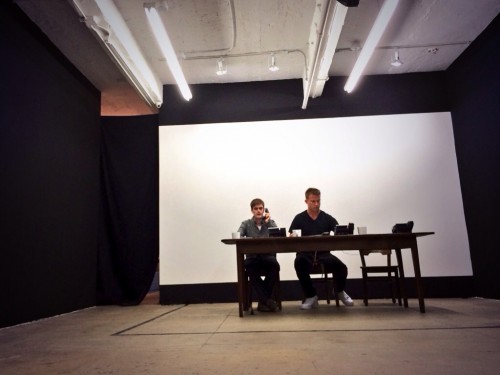The Diane Rehm Show took to the air, ending 45 minutes ago, to debate how Facebook is making us lonely and disconnected and ruining just about everything. This is my quick first-reaction. On one side was Sherry Turkle, that avatar of “digital dualism” (more on this below) who recently wrote “The Flight From Conversation” in the New York Times and Stephen Marche who wrote “Is Facebook making us Lonely?” in The Atlantic. On the other side was Zeynep Tufekci, a researcher who communicates as well as these journalists*, responding to Turkle (also in the Atlantic). While Turkle and Marche’s headlines are intentionally catchy and dramatic, they are also sensationalist and misleading. The reality is not as captivating and Tufekci’s headline in response is far more accurate: “Social Media’s Small, Positive Role in Human Relationships.”
This is one of the many lessons provided by this hour of NPR: catchy arguments tend to trump data, even on nerdtacular public radio. Tufekci, outnumbered, did well given the dearth of air time provided relative to the more sensationalist ideas on the show. Further, the show (@drshow) seemed completely unaware of the fast-moving and engaging Twitter backchannel discussing the topics in much more nuance and detail than much of what was said on-air. [You’ve already enjoyed the irony of this as opposed to Turkle’s argument, right? Obviously.]
The next lesson more...









